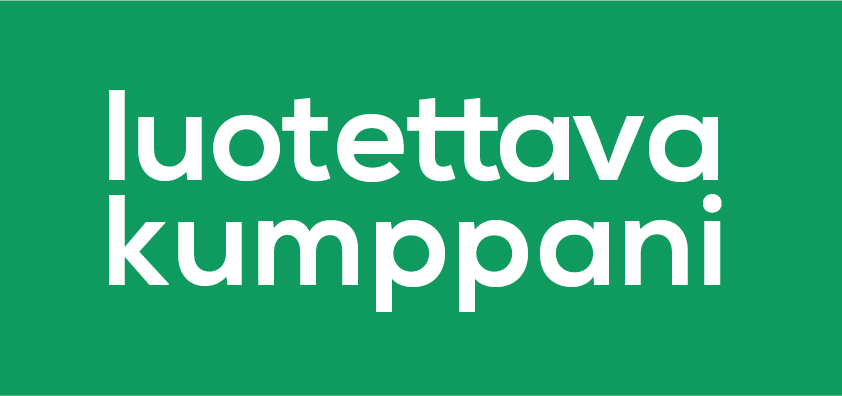
Samuli Seppänen

Samuli Seppänen

Samuli Seppänen

Samuli Seppänen

Samuli Seppänen

Samuli Seppänen

Samuli Seppänen

Samuli Seppänen

Samuli Seppänen

Samuli Seppänen

Samuli Seppänen

Samuli Seppänen

Samuli Seppänen

Samuli Seppänen

Samuli Seppänen

Samuli Seppänen

Samuli Seppänen

Samuli Seppänen



